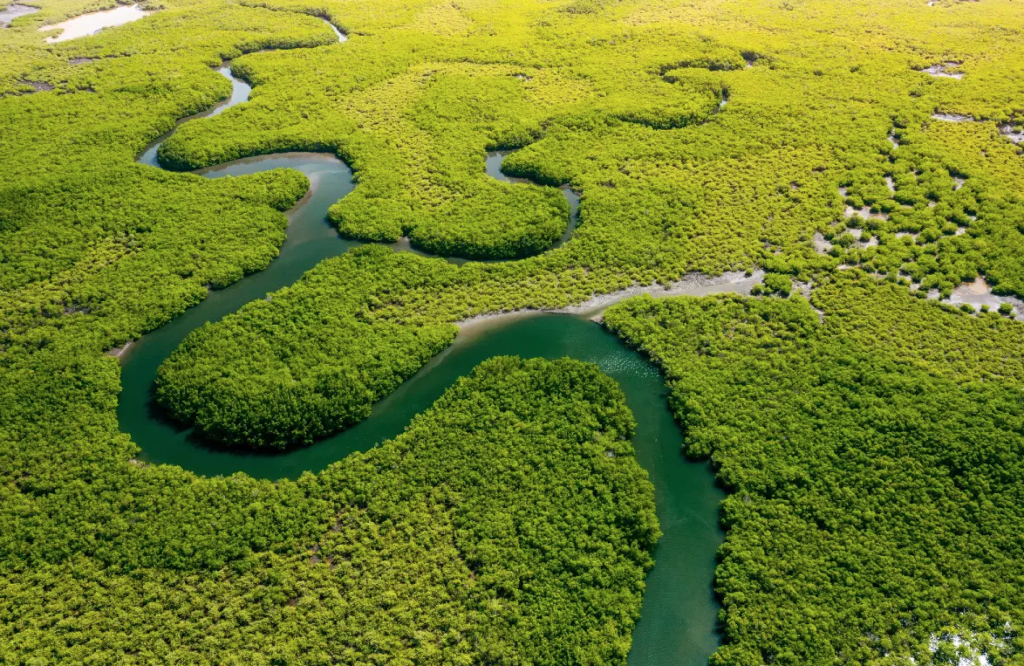The study conducted by dozens of researchers is coordinated by the University of Leeds
The last, great event of the Pacific “Child” has interrupted – temporarily – the ability of the Amazon to absorb more CO2 than it emits. Reversing the functioning of an ecosystem crucial to the global climate. The impact of El Niño, during its last appearance at the turn of 2015 and 2016, has therefore heavily affected the largest tropical forest on the planet, as well as on record temperatures and the occurrence of extreme drought conditions in some areas of the globe and floods in others.
Exceptionally dry and warm conditions increased the mortality rate of trees. The balance between new and dead trees has therefore become negative. Also transforming regional CO2 flows. Under these conditions, the Amazon stopped functioning as a carbon well and turned into a net emitter.
This was established by a team of dozens of researchers coordinated by the University of Leeds who analyzed the behavior of the tropical forest in Latin America by combining data from two separate research networks, RAINFOR and PPBio, which have been collecting experimental data on 123 forest particles for decades.
read also El Niño 2023, there’s a 1 in 5 chance it’s “historic”
The main result of the study sheds new light on the potential scope of the impact of El Niño. “Scientists know that Amazon trees are sensitive to temperature changes and water availability, but we don’t know how individual forests could be affected by future climate change,” the authors explain. “Investigating what happened in the Amazon during this huge event in El Niño gave us a window into the future, showing how the unprecedented hot and dry climate affects the forests”.
The event of 2015-16 is considered one of the most powerful of the last decades due to the phenomenon of atmospheric remote connection that emerges from an abnormal warming of the Pacific waters at the equator level and triggers chain effects throughout the planet, changing the global climate. It is a cyclical and natural phenomenon, whose effects are added to those of man-made climate change. In these months a new El Niño event is forming which, according to the main forecasting institutes, is likely to match, by intensity, that of 8 years ago.

